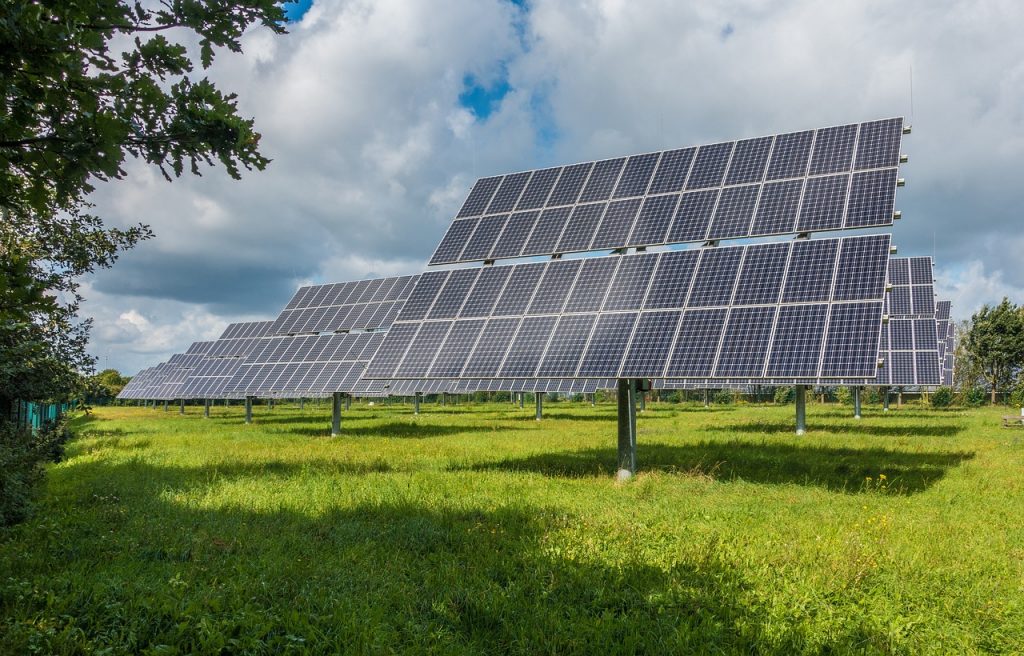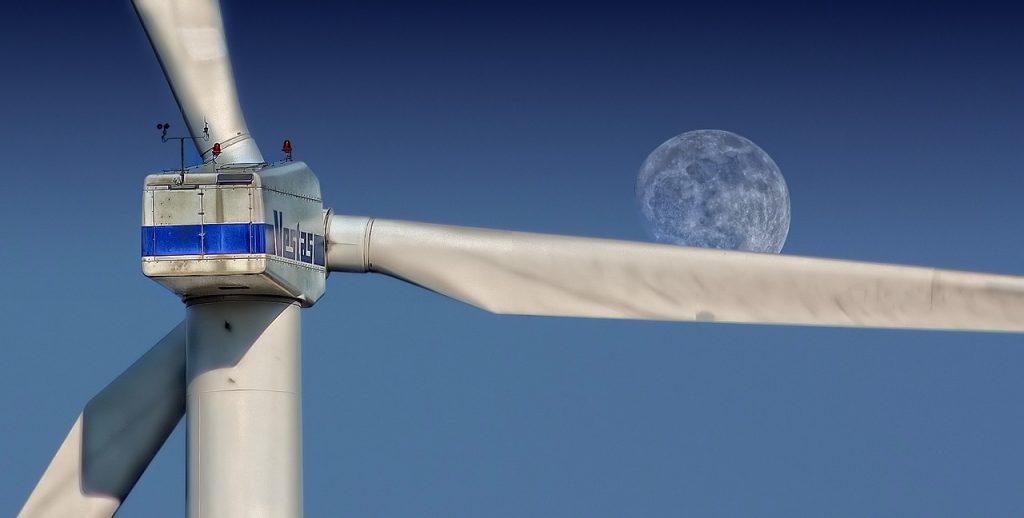What is Renewable Energy?
Renewable energy is energy that is generated from natural resources such as the sun, wind, water, and earth, which are replenished at a faster rate than they are consumed. These energy sources are considered renewable because they are naturally replenished and are not finite like fossil fuels. Examples of renewable energy include solar power, wind power, hydroelectric power, and geothermal energy. Renewable energy sources are increasingly being used as an alternative to fossil fuels, as they can help to reduce the negative environmental impacts associated with the use of fossil fuels, such as air pollution and carbon dioxide emissions.

Use of Renewable Energy
There are many ways in which renewable energy can be used. Some common applications include:
- Generating electricity: Renewable energy sources can be used to generate electricity through the use of solar panels, wind turbines, hydroelectric dams, and geothermal power plants.
- Heating and cooling buildings: Renewable energy sources can be used to heat and cool buildings through the use of geothermal heat pumps, which use the earth’s constant temperature to regulate the temperature inside a building.
- Transportation: Renewable energy sources can be used to power vehicles, such as electric cars, which are charged using electricity from renewable sources.
- Industrial processes: Renewable energy can be used in industrial processes, such as the production of chemicals, paper, and steel, to reduce the use of fossil fuels.
There are many benefits to using renewable energy, including reduced dependence on fossil fuels, reduced greenhouse gas emissions, and a healthier environment.
Sources of Renewable Energy
Here are some common examples of renewable energy sources:
- Solar power: Solar power is generated by capturing the energy from the sun and converting it into electricity. This is done through the use of solar panels, which are placed on rooftops or in solar farms.
- Wind power: Wind power is generated by using wind turbines to convert the energy from the wind into electricity. Wind turbines are often placed in wind farms, where they can be more efficiently used to generate electricity.
- Hydroelectric power: Hydroelectric power is generated by using the energy from moving water, such as from a river or a dam, to generate electricity.
- Geothermal energy: Geothermal energy is generated by using the heat from the earth’s core to generate electricity. This is done through the use of geothermal power plants, which are located near geothermal reservoirs.
- Biomass: Biomass is organic material, such as wood, that can be burned to generate electricity.
- Biofuels: Biofuels are fuels that are made from biomass, such as ethanol and biodiesel. These fuels can be used to power vehicles and other forms of transportation.

Renewable Energy to Save Planet
The transition to renewable energy is widely seen as an important step in the effort to reduce the negative impacts of human activities on the planet. Renewable energy sources can help to reduce our reliance on fossil fuels, which are a major contributor to climate change, air pollution, and other environmental problems.
By using renewable energy sources, we can reduce greenhouse gas emissions, which are the main cause of climate change. This can help to mitigate the negative impacts of climate change, such as sea level rise, more frequent and severe natural disasters, and changes in weather patterns.
In addition to reducing greenhouse gas emissions, the use of renewable energy can also have other environmental benefits. For example, hydroelectric power, which is generated using the energy from moving water, does not produce any air pollution, and wind power and solar power do not produce any greenhouse gas emissions.
Overall, the transition to renewable energy has the potential to be an important part of the effort to protect and preserve the planet for future generations.

